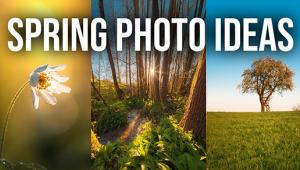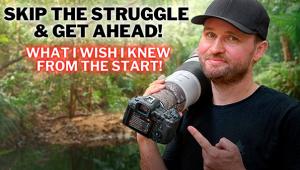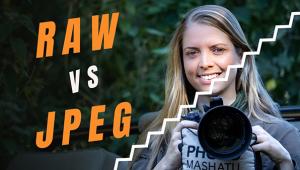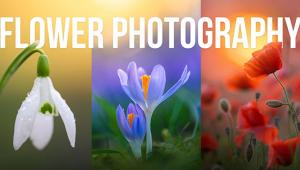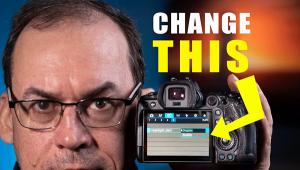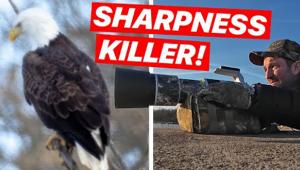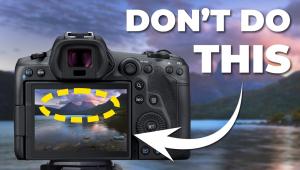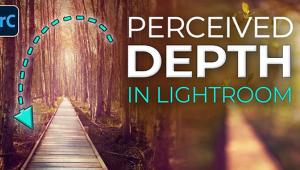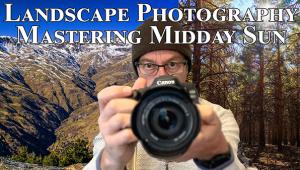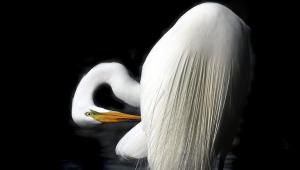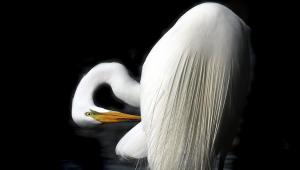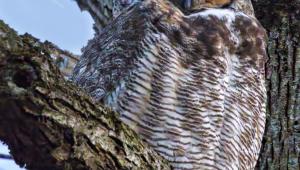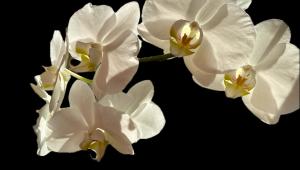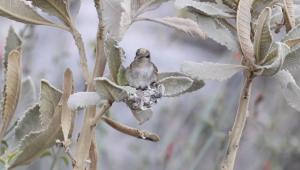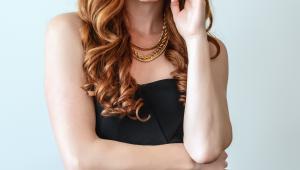Right In Your Own Backyard: Macro Discoveries Close To Home
Several years ago I decided to take on a challenge of focusing on macro photography right in my own backyard. No, I do not reside in the Sierra mountains or adjacent to a national wildlife refuge or conservation area. I live in a typical South Florida suburban subdivision surrounded by homes and asphalt. South Florida doesn’t even offer much in the way of seasons. Yet, I am amazed at how many unique images I have captured over the past several years.
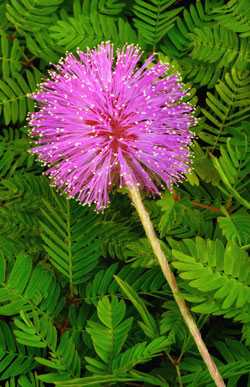
Early on as a photographer, I developed the attitude that I had to visit special places to produce special images. That said, during a typical one- or two-week vacation, what are the chances that I would experience the perfect light for the landscape image of a lifetime? Only by frequenting such locations many times would I find myself at the right place at the right time. This is the advantage I have in my backyard. I’m able to observe all the subtle changes over time. To key into these subtle changes I have developed a more critical eye and learned to slow down, stop, and to observe potential subjects from many different perspectives.
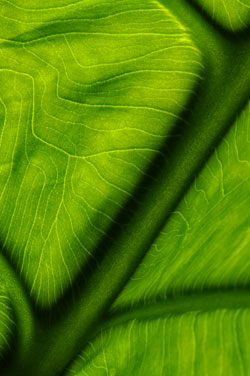
All Photos © Jeff Howe
Virtually all of my macro photography is made using a tripod, which not only improves my photography when using small f/stops and long exposures, but intentionally slows me down. Before purchasing my carbon-fiber tripod and aluminum ball head, I always found an excuse to leave the older, heavier, and awkward tripod behind. In regard to the rest of my equipment, I keep it pretty simple. The majority of my macro photography is with a 105mm macro lens, and occasionally one of two zooms (18-200mm, 70-200mm). Since I am more attracted to the detail that macro has to offer, I often use a small f/stop in order to maximize the depth of field. I don’t worry about the potential for more diffraction at the higher f/stops, as I can always deal with that in post-processing.
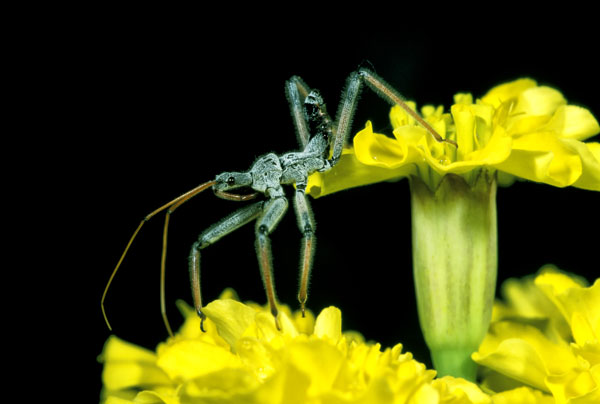
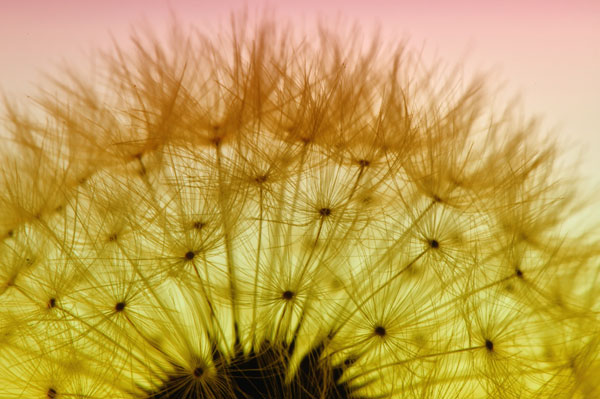
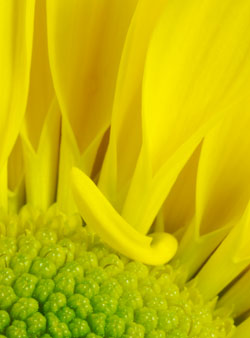
When I first started taking pictures, I was completely immersed in getting the image. Now I want to create an image to evoke an emotion, inspiration, or a connection with the subject. With this goal in mind, elements such as light, texture, color, contrast, and pattern are my primary focus. The one element that I alter or use to my advantage in creating my images is light (ambient light, diffused ambient light, flash, backlighting, and “painting” with light). In addition, when I’m looking through the viewfinder I’m thinking simplicity. I attempt to keep it simple by tightening the composition and isolating the essentials. Basically, I try to think like a painter and reduce all distractions. I always frame the image in the camera as best I can and if necessary, crop later. My goal in framing and cropping is to produce the most powerful image possible. Consequently, most of my cropped images are not standard sizes. Too many extraneous items will only distract from my images and the emotion or mood that I am attempting to evoke.


To see more of Jeff Howe’s work, visit his website, http://jeffreyhowe.zenfolio.com.
- Log in or register to post comments

